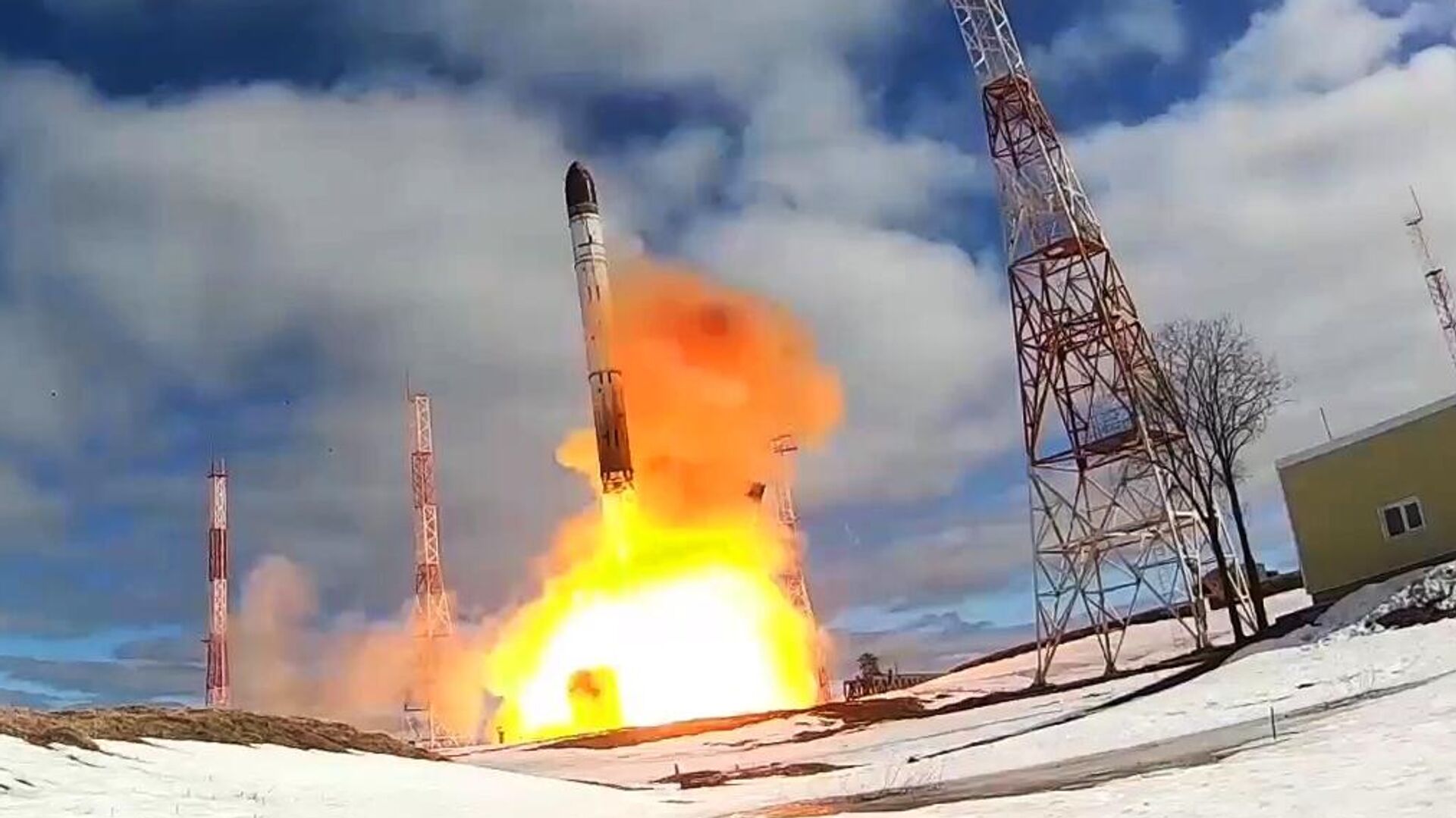What Has Changed in Russia's Nuclear Doctrine and Why Should the West Be Concerned?
13:27 19.11.2024 (Updated: 14:19 20.11.2024)

© Sputnik . Russian Defence Ministry
/ Subscribe
Russian military expert Ret. Col. Viktor Litovkin tells Sputnik that the new Russian nuclear policy, which was just signed by President Vladimir Putin, has a number of noteworthy provisions that were not included in earlier versions of the doctrine.
“Firstly, the 2020 edition of the doctrine contained no mention of Belarus, where we deployed our nuclear weapons and whom we had taken under our ‘nuclear umbrella’,” Litovkin explains. “Secondly, the previous version of the doctrine contained no mention of Russia being authorized to use nuclear weapons if attacked by a non-nuclear state backed by a nuclear power.”
According to him, Russia thus sends a direct warning to the United States and NATO who supply Ukraine with long-range missiles and urge Kiev to use them, effectively waging a war against Russia by proxy.
“This is a serious warning that, if they go too far and long-range missiles are used against Russian territory – and these long-range missiles are programmed by NATO specialists because Ukrainian specialists lack the necessary equipment and expertise, not to mention NATO aircraft and heavy UAVs guiding these missiles – we would be empowered to strike against the sites these missiles are launched from," he adds.
Dmitry Stefanovich from the Moscow-based Institute of World Economy and International Relations at the Russian Academy of Sciences also points out that the new edition of the nuclear doctrine states that nuclear weapons could be used in case of a threat to Russia’s “territorial integrity and sovereignty” rather than in case of a threat to “the country’s very existence” as before.
The doctrine thus serves as a reaction to “global processes in the military-political sphere, not all of which are related to Ukraine,” Stefanovich notes.
“Most importantly, the document still maintains that nuclear deterrence works only until nuclear weapons are used. One can only guess what would happen ‘beyond the nuclear threshold’ and I hope these speculations remain purely hypothetical,” he remarks.
In short, these details were outlined by Russia in its nuclear doctrine for the first time:
That Russia reserves the right to use nuclear weapons in response to aggression against Belarus as a member of the Union State, even with the use of conventional weapons. Previously, such a measure could only be in response to the use of nuclear weapons against Russia's allies;
That Russia can now use nuclear weapons also under the condition that opponents use such or mass weapons against military formations or Russian facilities located beyond its borders.
In the issue of nuclear deterrence, these details were outlined for the first time ever:
The category of countries and military alliances in relation to which nuclear deterrence is carried out has been expanded;
Now, it is carried out in relation to a potential enemy, which means individual states and military coalitions that consider Russia as a potential enemy and possess nuclear or other weapons of mass destruction;
Nuclear deterrence is also carried out in relation to states that provide the territory, air or sea space and resources they control for the preparation and implementation of aggression against Russia;
Aggression by any state from the military coalition (bloc, alliance) against Russia and its allies is considered aggression by this entire coalition.
